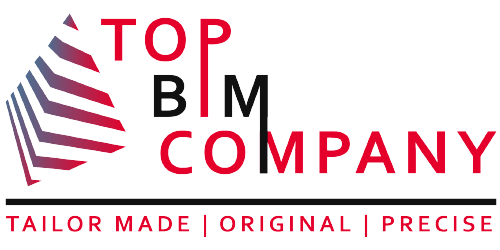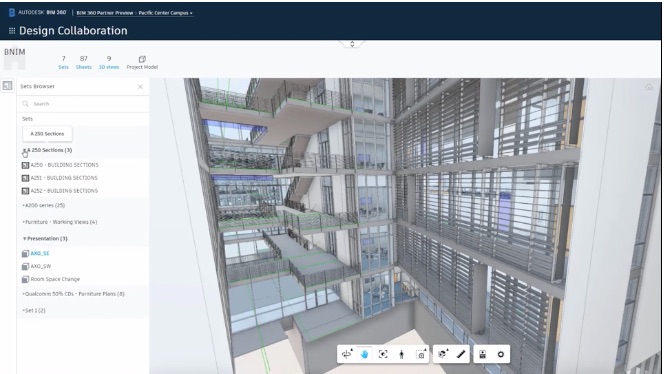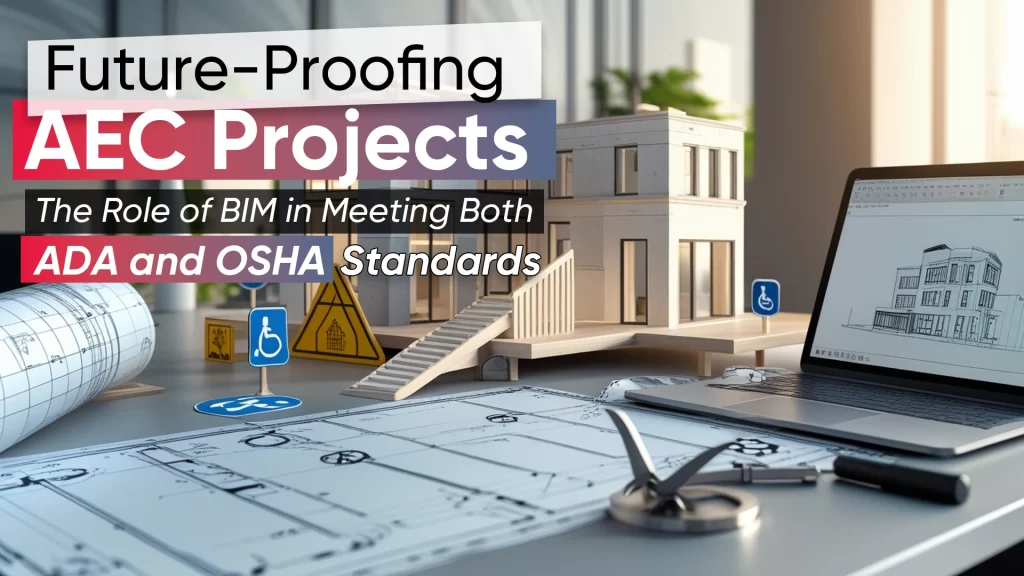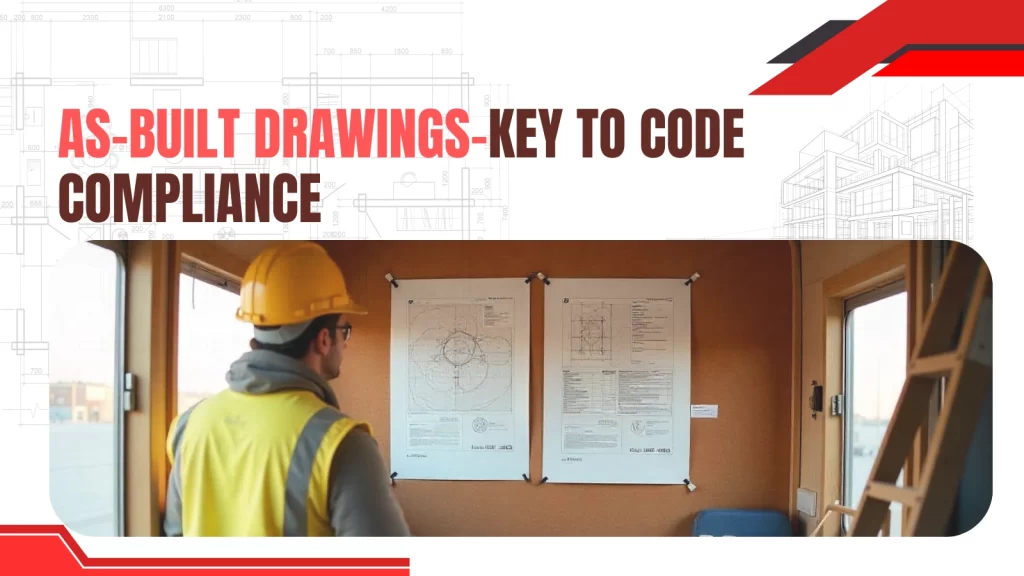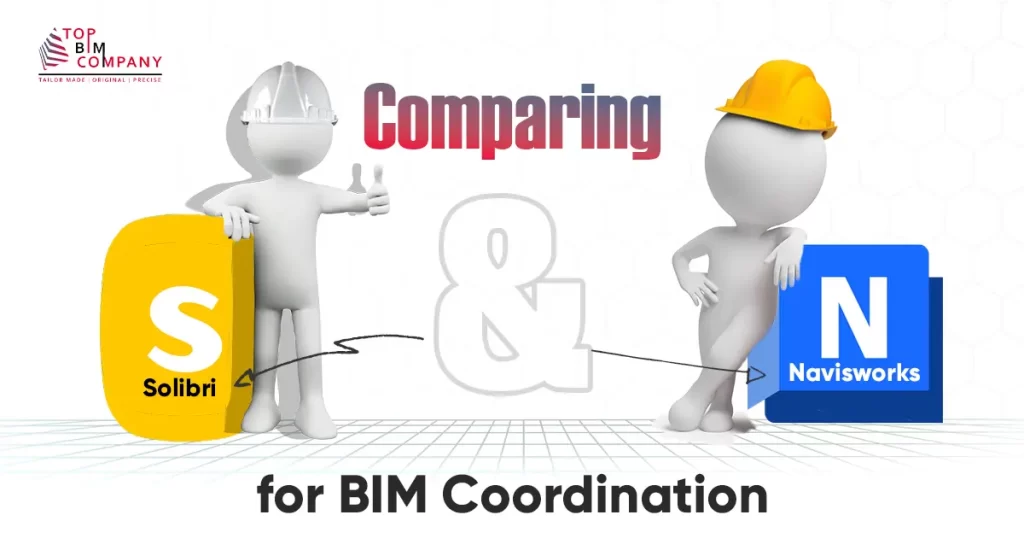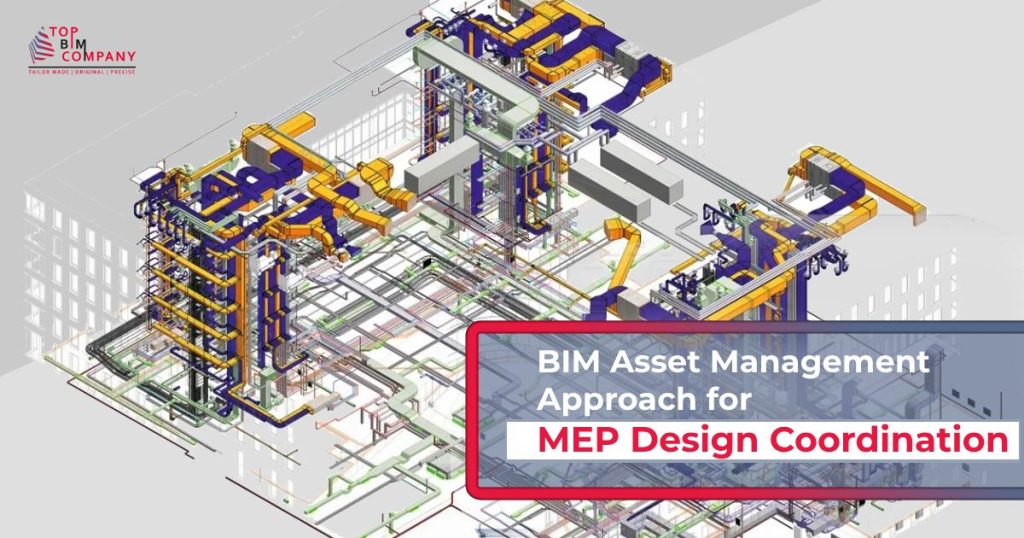
BIM Asset Management plays a pivotal role in modern construction and facility management by streamlining processes and offering invaluable market-specific data for project development. At its core, BIM Asset Management focuses on the organized tracking and maintenance of building components and systems throughout their entire lifecycle.
Table of Contents
ToggleThis approach effectively bridges the gap between the various stages of a construction project, from design and construction to ongoing facility management.
Also Read Complete Guide – BIM in Asset Management: Adoption, Benefits & Differences
Specifically, in the realm of MEP design coordination, BIM Asset Management ensures the seamless integration and efficient post-construction management of these intricate systems.
Also Read: 6 Effective MEP Design Strategies for Sustainable Building Construction
One of the key advantages of BIM Asset Management is its capacity to furnish stakeholders with precise and up-to-date asset information.
This empowerment through data translates into several tangible benefits:
- Informed Decision-Making: By providing stakeholders with real-time information about building components and systems, BIM Asset Management enables them to make well-informed decisions. Whether it’s planning for maintenance, upgrades, or future developments, having accurate data at hand is essential.
- Reduced Downtime: With the ability to anticipate and plan for maintenance needs based on actual asset conditions, downtime due to unexpected breakdowns or repairs can be significantly reduced. This minimizes disruptions to operations and maximizes efficiency.
- Enhanced Maintenance Efficiency: Maintenance teams can use BIM Asset Management to access detailed specifications, historical maintenance records, and operational guidelines for each asset. This ensures that maintenance is carried out efficiently and in accordance with manufacturer recommendations, prolonging the lifespan of assets.
- Optimized Resource Allocation: With a comprehensive repository of asset information, resource allocation becomes more precise. This means that labor, materials, and equipment can be allocated where they are needed most, resulting in cost savings and improved productivity.
Now, regarding the aspect of market-specific data, BIM Asset Management can be customized to gather and analyze data relevant to the specific location and market in which a project is situated.
This means that in addition to asset-specific information, stakeholders can access data that is tailored to the local market conditions. This can include:
- Market Trends: Information on current market trends, pricing, and demand for materials and services in the project’s geographical area.
- Regulatory Compliance: Data on local building codes, environmental regulations, and other compliance requirements that may impact the project.
- Supplier and Vendor Information: Details about local suppliers and vendors, including their reputation, reliability, and pricing.
- Energy Efficiency Standards: Information on regional energy efficiency standards and incentives that could influence design and maintenance decisions.
- Market Demand: Insights into the specific needs and preferences of the local market, helping to align the project with market demand.
By integrating market-specific data into the BIM Asset Management system, project developers and facility managers can make more informed decisions that are efficient and aligned with the unique conditions and demands of their target market.
This holistic approach to asset management ensures that projects are successful as well as sustainable and competitive in the ever-evolving construction and facility management landscape.
MEP Design Coordination Challenges
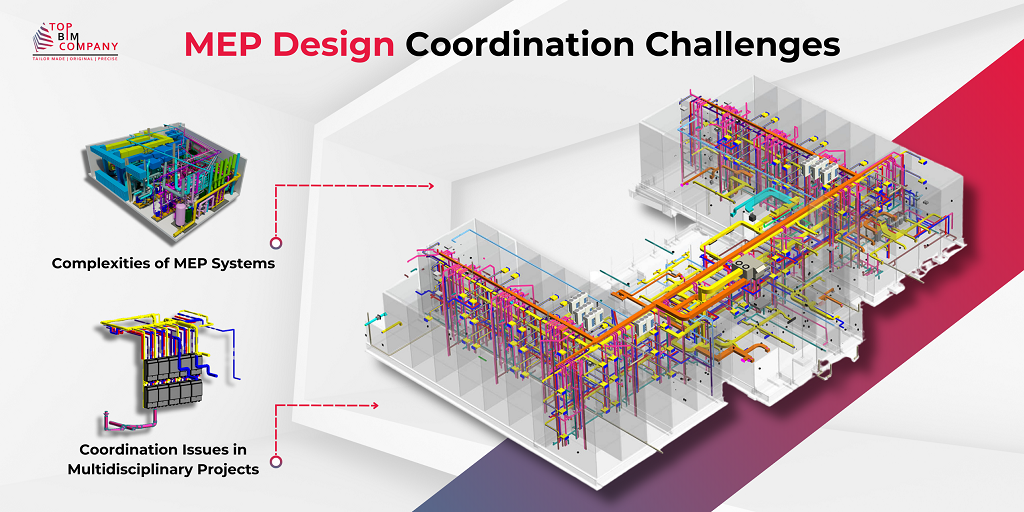
Complexities of Mechanical, Electrical, and Plumbing Systems
MEP systems are the vital lifelines of any built environment. MEP building systems need constant repairing and maintenance. Therefore, a process of tracking and keeping up the data with each of the elements of the systems gives a better overview.
The intricate interplay between mechanical, electrical, and plumbing systems is critical for a structure’s functionality, comfort, and safety.
However, the inherent complexity of these systems poses coordination challenges. Misalignments, clashes, and conflicts among different MEP components can lead to delays, rework, and increased costs.
Coordination Issues in Multidisciplinary Projects
In multidisciplinary projects, such as large commercial complexes or industrial facilities, the coordination between architectural, structural, and MEP elements becomes even more intricate.
Miscommunication or lack of transparency between these disciplines can result in costly clashes, jeopardizing project timelines and quality.
BIM Asset Management for MEP Coordination
Real-time Asset Data Accessibility and Update:
The heart of MEP coordination lies in real-time data accessibility. BIM Asset Management ensures that all stakeholders have instant access to asset information. Whether it’s the type of HVAC system in a specific room or the electrical load of a particular floor, accurate and updated data facilitates informed decision-making.
Design Implementation as per Market Readiness and Specifications:
BIM Asset Management offers the flexibility to align MEP design with market readiness and specifications. Changes in technologies, regulations, or user requirements can be seamlessly incorporated, optimizing the system’s performance and longevity.
Optimizing Resource Allocation and Planning
Efficient resource allocation is crucial for successful MEP coordination. BIM Asset Management aids in resource planning by offering insights into each asset’s maintenance schedule, expected lifespan, and potential replacement costs. This enab
Implementing a Successful MEP BIM Asset Management Strategy
Collaborative Workflows and Stakeholder Involvement: Success in MEP BIM Asset Management begins with teamwork. Architects, engineers, and facility managers must unite early in the design phase. Why?
Because regular communication breeds accurate, relevant, and reliable asset data. It’s a collaboration that lays the foundation for a smoother journey ahead.
Data Standardization and Quality Assurance: Consistency is the name of the game for effective MEP BIM Asset Management. Imagine standardized data formats, naming conventions, and classification systems as your guiding stars in asset tracking. But it doesn’t stop there.
Quality assurance processes ensure that the asset information you rely on is spot on, boosting reliability all the way through the lifecycle.
Steps for Creating a Successful MEP BIM asset management strategy:
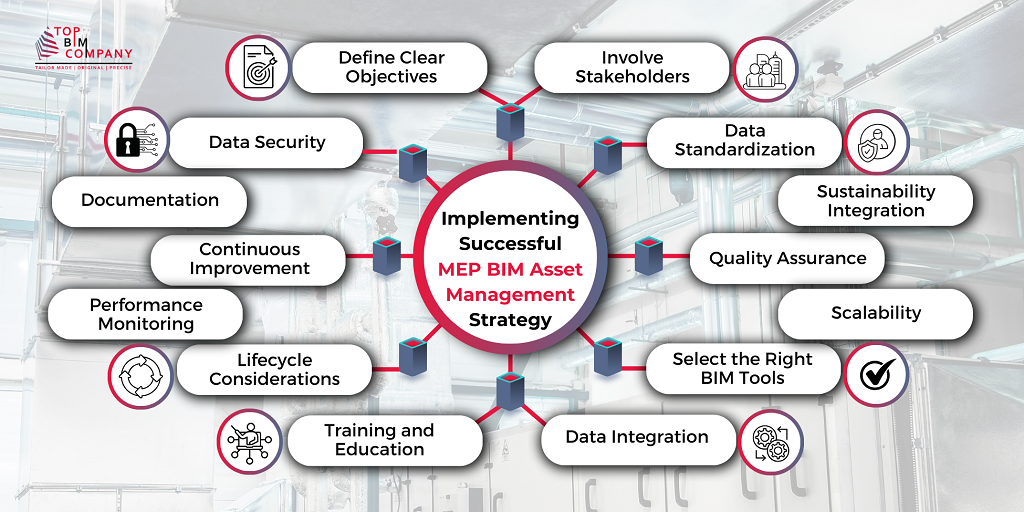
- Define Clear Objectives: Start by clearly defining your objectives. What are your goals for managing MEP assets with BIM? Are you focused on cost savings, energy efficiency, or compliance? Having a well-defined purpose will guide your strategy.
- Involve Stakeholders: Collaboration is crucial. Engage all relevant stakeholders, including architects, engineers, facility managers, and contractors, from the beginning. Their input is vital for accurate asset information.
- Data Standardization: Establish standardized MEP data formats, naming conventions, and classification systems. This consistency simplifies asset tracking and ensures everyone is on the same page.
- Quality Assurance: Implement quality assurance processes to verify the accuracy and completeness of asset data. Reliable data is the foundation of a successful strategy.
- Select the Right BIM Tools: Choose the appropriate MEP BIM software and tools that align with your strategy’s goals. These tools should support asset management, data tracking, and reporting.
- Asset Identification and Tagging: Develop a system for identifying and tagging MEP assets within your BIM models. Each asset should have a unique identifier for easy reference.
- Data Integration: Ensure seamless integration between MEP BIM models and asset management systems. This integration allows real-time updates and data sharing across the project lifecycle.
- Training and Education: Provide training and education to your team on how to use MEP BIM tools effectively. Everyone involved should be proficient in asset management processes.
- Lifecycle Considerations: Think long-term. Plan for MEP asset management throughout the entire lifecycle, from design and construction to operation and maintenance.
- Continuous Improvement: Regularly assess and refine your strategy. Technology and project requirements evolve, so staying flexible and open to improvements is essential.
- Data Security: Implement robust data security measures to protect sensitive information within your BIM models and asset management systems.
- Documentation: Maintain comprehensive documentation of asset information, including specifications, warranties, maintenance history, and operational guidelines.
- Performance Monitoring: Continuously monitor the performance of your MEP assets. Use data analytics to identify areas for improvement and optimize resource allocation.
- Compliance and Reporting: Ensure compliance with industry standards and regulations. Generate reports for stakeholders to demonstrate the effectiveness of your strategy.
- Sustainability Integration: Incorporate sustainability goals into your asset management strategy. Use data to track energy usage, carbon emissions, and resource efficiency.
- Scalability: Consider how your MEP strategy can scale to accommodate larger or more complex projects in the future.
Software for BIM Asset Management in MEP Design Coordination
Autodesk Revit MEP: This is comprehensive BIM software that can be used for all aspects of MEP design, including modeling, documentation, and coordination.
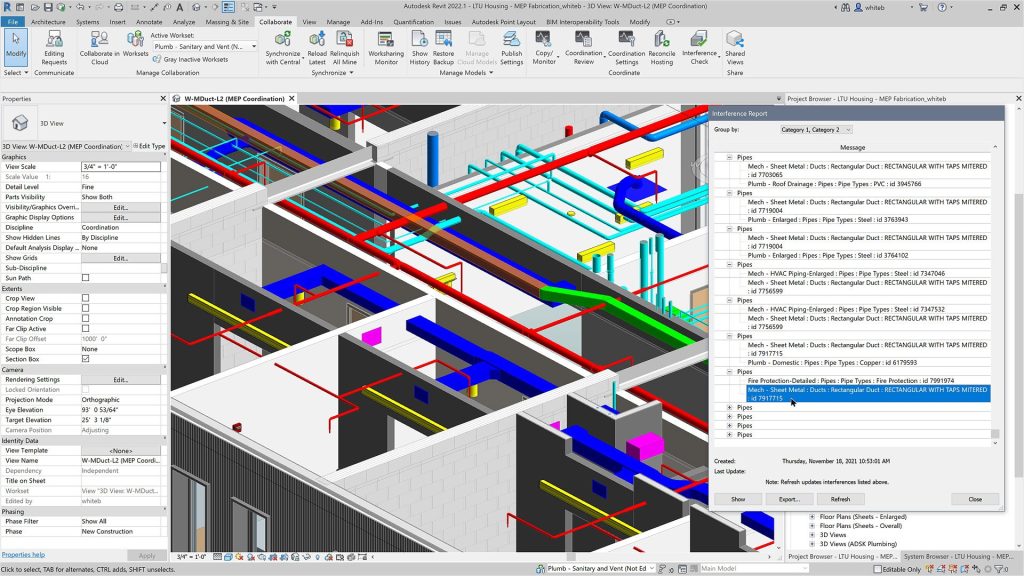
Trimble SysQue: This software is specifically designed for MEP design coordination. It provides tools for clash detection, 4D scheduling, and quantity takeoffs.
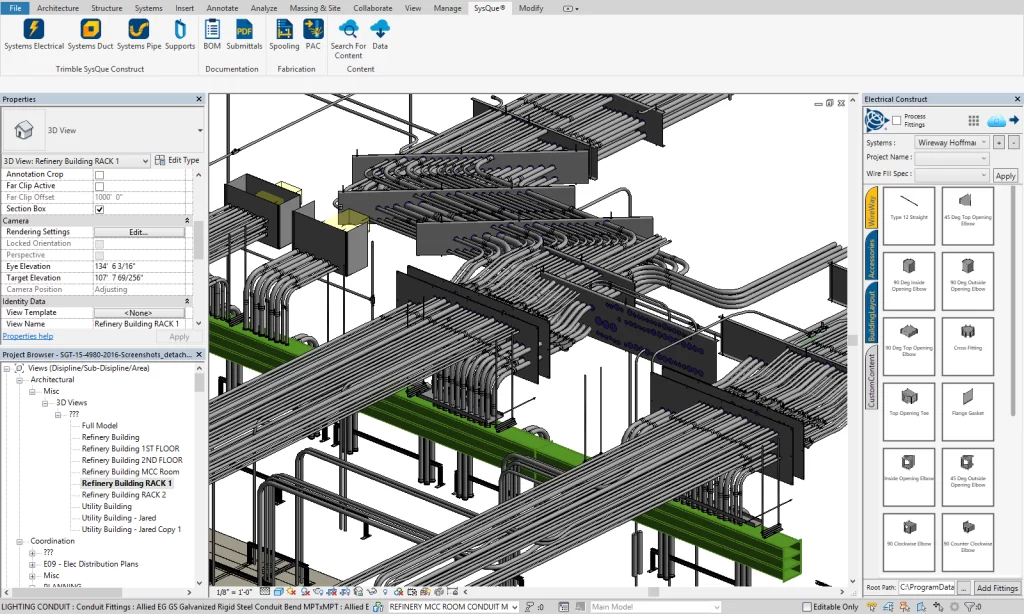
Navisworks: This software is a visualization and collaboration tool that can be used to view and analyze BIM models from multiple disciplines. It can also be used to identify and resolve clashes.
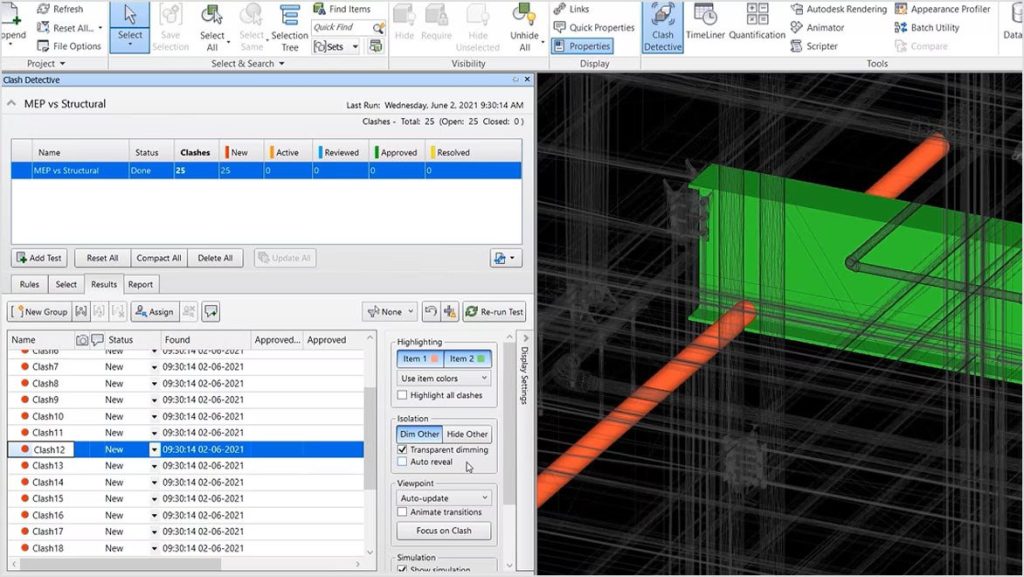
BIM 360 Design: This is a cloud-based BIM collaboration platform that can be used to share and manage BIM models across multiple teams. It also provides tools for clash detection and coordination.
Solibri Model Checker: This software is used to check the quality of BIM models. It can identify errors and inconsistencies in the model, as well as potential clashes.
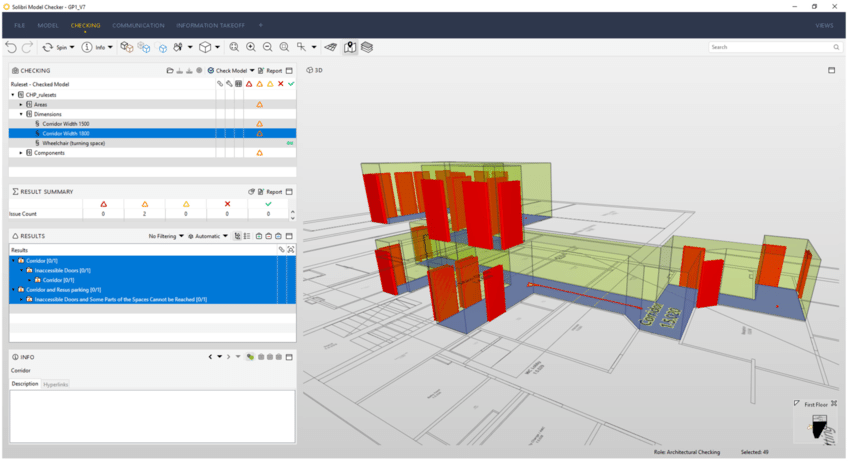
Future Trends in BIM Asset Management for MEP Design Coordination
The future of BIM Asset Management for MEP design coordination is ripe with exciting possibilities. In the realm of MEP and BIM Asset Management, the integration of Internet of Things (IoT) sensors and devices is poised to enable real-time performance monitoring, paving the way for predictive maintenance.
Additionally, Artificial Intelligence (AI) algorithms will be harnessed to scrutinize data, offering tailored recommendations for optimal MEP maintenance schedules, ultimately boosting efficiency and curbing costs.
As technology advances, BIM Asset Management will continue to play a pivotal role in transforming MEP design coordination. Its integration with smart building concepts, sustainability goals, and data-driven decision-making will redefine how we conceptualize, design, and manage MEP systems in the built environment.
BIM Asset Management is not just a tool but a philosophy that reshapes how MEP systems are designed, coordinated, and maintained.
By seamlessly integrating information across the lifecycle, it empowers stakeholders to create efficient, sustainable, and resilient MEP solutions. As the construction industry embraces digitization, BIM Asset Management stands as a beacon of efficiency, collaboration, and innovation.
Further Reading
Empowering Facility Managers with 6D BIM Facility Management
Role of Facility Management to Improve Indoor Air Quality in Your Buildings
BIM Design in Building Construction– Key Benefits & Its Role

Want to know more about the benefits of BIM Asset Management for MEP Design Coordination
Contact TopBIM consultants at preconstruction!
Our Services
Latest Post
Get A Free Quote
BIM Construction is the Future
Building information modeling (BIM) is the future of building design and construction. Get in touch with our BIM Experts.
